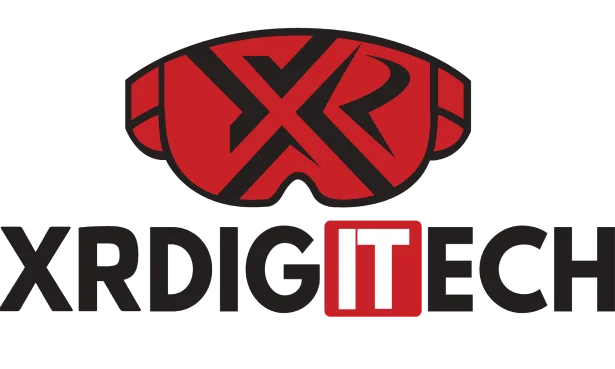- +91 9717233994
- +971 552550238
- +44 7984-688898
- hello@xrdigitech.com
The AI Trap:
3 Mistakes Most Businesses Make
1. Using AI Just to Look “Modern”
This one’s everywhere. A company sees a competitor adding a chatbot or launching an AI-based tool, and suddenly they feel like they have to do the same — even if they don’t fully understand why.
The problem? They’re chasing buzzwords, not solving real problems.
AI isn’t a checkbox to tick. It’s a tool. If you’re not using it to fix something specific — like improving support, automating boring tasks, or analyzing data faster — you’re just adding complexity for no reason.
What to do instead:
Start with your biggest pain points. Are customers waiting too long for replies? Are reports taking hours to compile? Find the bottleneck, and then ask, “Can AI help with this?” Not the other way around.

2. Thinking AI = Zero Human Effort
Some businesses assume once they “install” AI, it’ll just handle everything — no humans needed. Reality check? AI is smart, but it’s not magic.
It still needs guidance. You still need someone to review outputs, train the tool, and make smart decisions based on what it suggests.
Here’s a quick example:
An AI writing tool might draft your emails or product descriptions. But without a real person checking tone, facts, and context, the message could fall flat (or worse — go wrong).
What to do instead:
Use AI to support your team, not replace them. Let it handle the heavy lifting, but always keep a human in the loop. The best results happen when AI + human intelligence work together.
3. Ignoring the Data You Feed It
Think of AI like a blender — whatever you put in, it’s going to mix and serve right back to you. If the input data is outdated, biased, or just messy, you’ll get bad results no matter how powerful the tool is.
Too many teams rush into AI without cleaning up their data first. Then they wonder why their AI chatbot gives weird answers or why their predictions are totally off.
What to do instead:
Before launching any AI tool, take a moment to check your data. Is it clean? Is it relevant? Is it up to date? Feed your AI smart, accurate info — and you’ll get smart, useful results back.

